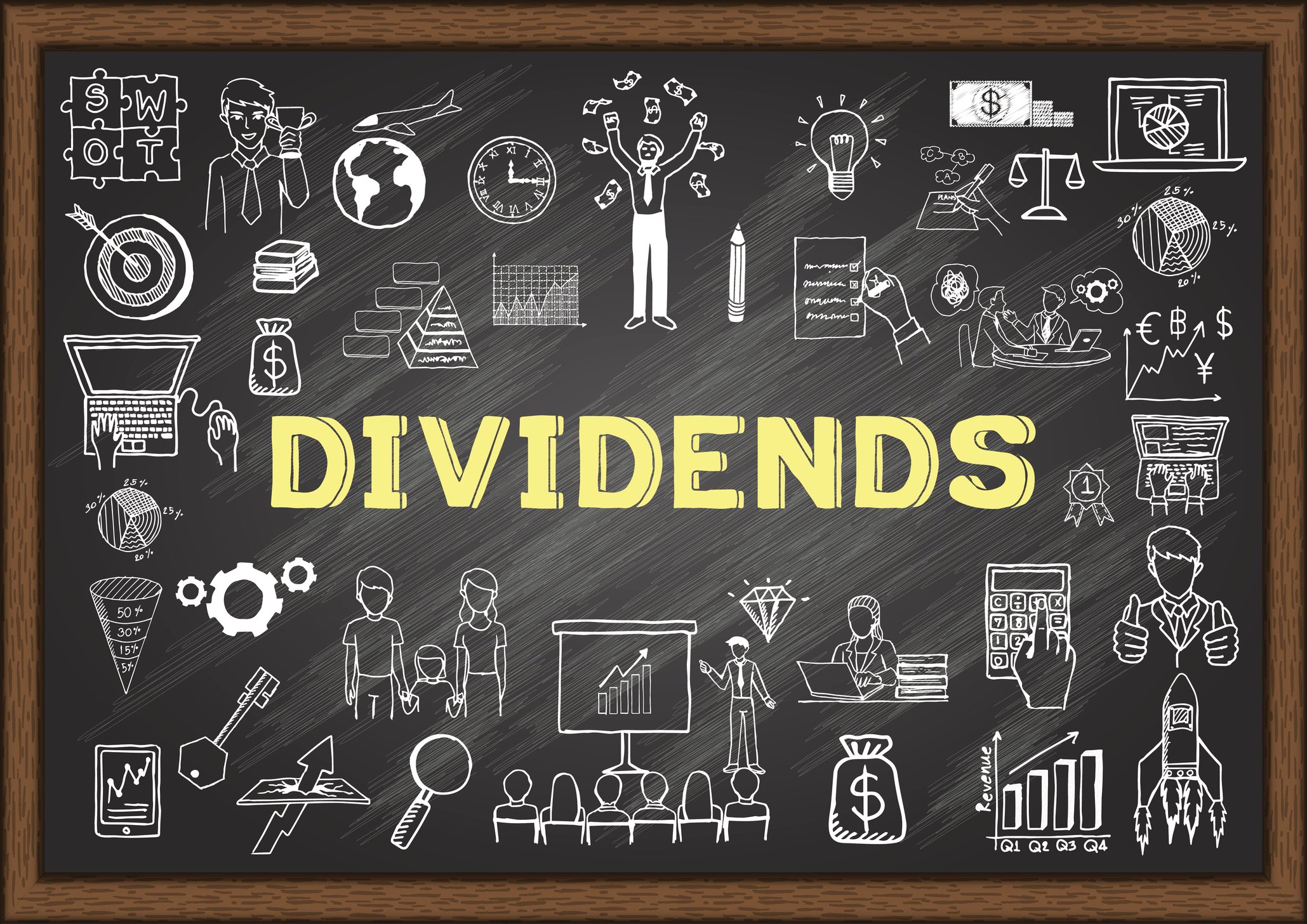Those who thought an investment in Kraft Heinz (KHC 0.74%) was a no-brainer have had a rude awakening. Over the past 12 months, the stock is down over 25%. With the recent announcement of Warren Buffett's retirement from the board of directors, some may think that the worst is yet to come.
And yet, one of Buffett's very own famous phrases is to "be greedy when others are fearful". Investors shouldn't cut bait with Kraft Heinz until they consider the following positives embedded in its recent earnings report. Here are three ways Kraft Heinz can turn itself around.

Image source: Kraft Heinz.
International growth
The big knock on Kraft Heinz is its lack of organic growth, and the recent quarter showed continued stagnation for the food giant, with overall revenue declining 0.6% on a constant-currency basis. Of course, adjusted EBITDA was able to grow roughly 3.2% as a result of 3G's signature cost-cutting initiatives. Still, there's a limit to how far cost-cutting can go, and when Kraft Heinz reports declining revenue, it feeds into the narrative that the company is losing ground as consumers increasingly opt for healthier foods or cheaper private-label offerings.
However, there are regions where Kraft Heinz is growing, namely its "rest of world" segment, which encompasses regions outside of the U.S., Canada, and Europe. That segment, now the company's second largest, grew a healthy 7% on a constant-currency basis in the fourth quarter. The company noted that growth was particularly strong in Indonesia, China, and Brazil, and as investors should know, China is an enormous market with over one billion people beginning to enter the middle class. The rest of world segment generated $843 million of revenue in the fourth quarter, and while it's the company's second-largest segment, it's still less than one-fifth the size of the U.S. business.
The company also noted that it had completed state-of-the-art manufacturing facilities in both Brazil and China, and it aims to increase the countries in which it has two of its three major brands (Kraft, Heinz, and Planters) from 10% to 80% of its global footprint over the next few years. As these emerging economies grow, Kraft Heinz should benefit as well.
Outperforming cost cuts
While it may not be enough to get investors excited, Kraft Heinz also exceeded the cost-cutting targets that it had laid out at the time of the Heinz acquisition in 2015. Management noted it had improved company efficiency by 40% in two years, delivering $1.7 billion in annual cost savings, exceeding its original $1.5 billion target. Not only that, but management claims the figure would have been $1.9 billion if not for an extra $200 million investment the company made modernizing its data and marketing systems.
Having met or exceeded its goals over the past two and a half years, management under CEO Bernard Hees has gained some credibility, and that team is now pivoting to several growth initiatives.
Reinvesting for growth
Management marked the completion of its integration of Kraft and Heinz in conjunction with the fourth-quarter call, releasing a 77-slide post-integration business update, in which the company unveiled several growth initiatives for the next several years. These investments will be aided by the extra savings from the recent U.S. tax cuts. The company will take a barbell investing approach, putting serious dollars behind both its strongest and weakest brands.
Putting investments behind its powerhouse brands, the company hopes to both increase these brands' already dominant market shares and drive them into new categories. The company cited Heinz as a successful example of this strategy, which grew 5% annually since 2015 to its highest market share in history, while also expanding into new categories of mustard, mayonnaise, and barbecue sauces. The company pointed to further renovation of the classic brands to include fewer artificial ingredients, as it's already done with its signature Kraft Mac n' Cheese.
On the turnaround front, the company noted its efforts in frozen meals and the success of 2016 introductions Devour (frozen snacks) and SmartMade (healthy frozen meals), which returned Kraft's frozen category to growth after multiple years of mid-teen sales declines.
Challenges remain
Despite these positives, Kraft Heinz will have its challenges in 2018. Rising commodity and freight costs hurt margin in the last quarter, and that trend is forecast to continue. There is also skepticism as to whether the company can make a substantial transformative acquisition following Unilever's rejection of the company's advances last year.
Still, investors should weigh the near-term negatives against 3G's long-term growth strategy. With the stock down 25%, maybe give Kraft Heinz stock a fresh look.






